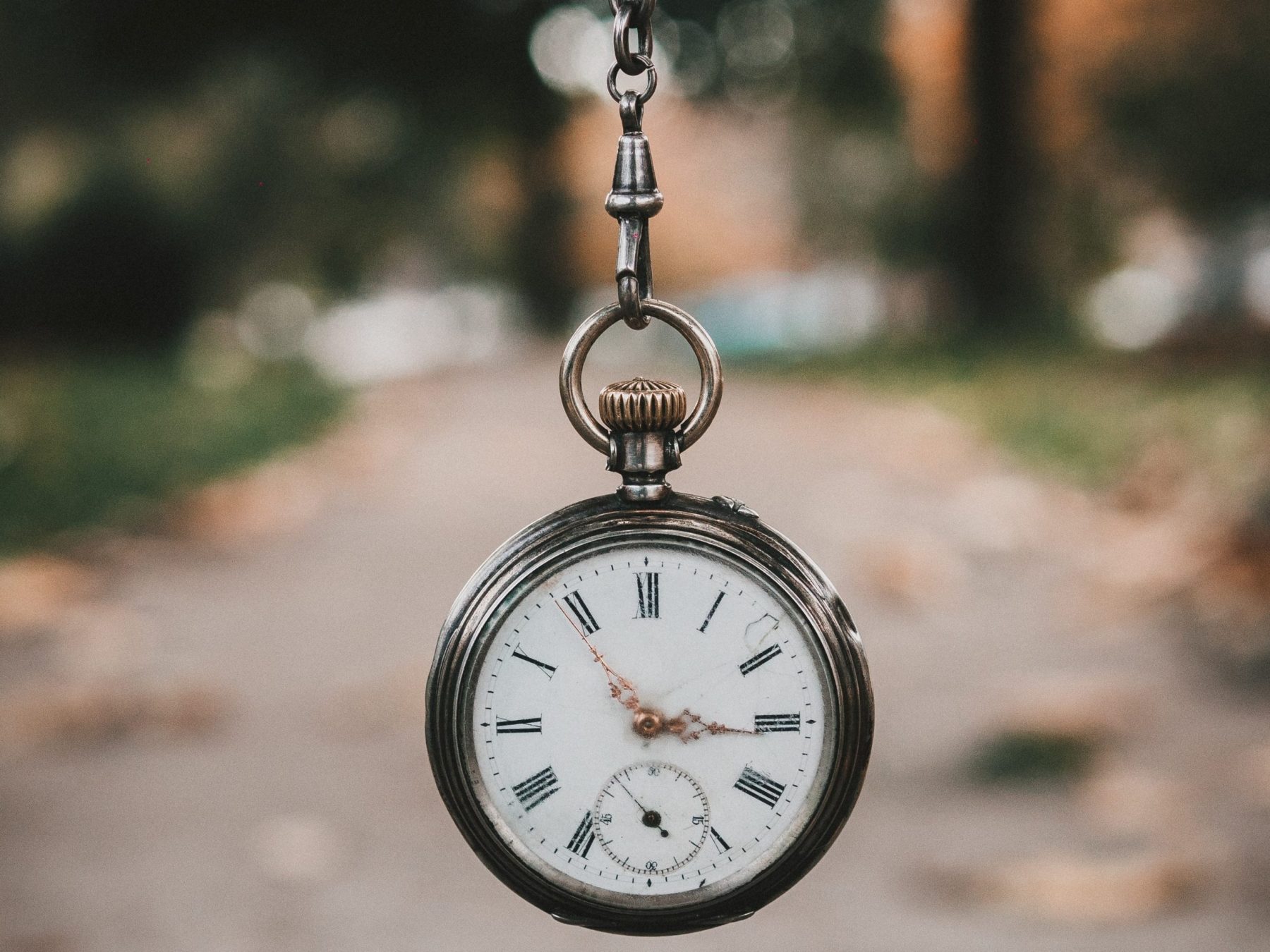If you’ve been feeling more down than usual recently, rest assured it has nothing to do with your horoscope. In addition to the election and the never-ending chaos that is 2020, daylight saving time has ended once again. With it comes the arrival of a dark sky an hour earlier than before. Just as people were breathing a collective sigh of relief with the hope that this year couldn’t possibly get any worse, daylight saving time ended right on cue to ruin sleep schedules and put a damper on evening events. With some slight adjustments and a little faith, it will hopefully be over before we know it.
Despite this event occurring every year, something about this year’s turning back of clocks has individuals looking for answers. Users have taken to Twitter and Instagram to express their displeasure. One user garnered more than 40,000 likes on a tweet saying, “I just know that this cannot be the same daylight savings we have every year because-” followed by an image of an exhausted Edd from the Cartoon Network show “Ed, Edd, and Eddy.”
i just know this cannot be the same daylight savings that we have every year because- pic.twitter.com/d74VL9r7qT
— ? (@thechynnabee) November 9, 2020
Under the tweet, hundreds of others have voiced their same concerns. One user acutely pointed out that the reason daylight saving time feels different this year is because more people are quarantined inside, unlike previous years, so the changing daylight hours are more noticeable.
Though this is only one of many posts that users have made about the seasonal phenomenon, it is evident that the ending of daylight saving time has people upset and confused.
So, what exactly is daylight saving time? To be terminologically correct, the time period we’re currently in is considered the “end” of daylight saving time, also known as “fall back” or “wintertime.” Daylight saving time occurs from the second Sunday in March (when clocks move forward an hour) until the first Sunday in November (when you turn your clocks back). In the United States, the daylight saving cycle signals to individuals when it is summertime and when wintertime has begun.
Daylight saving time originally came about because of the differences in daylight hours during the summer and winter months. As the Earth makes its annual rotation around the sun, the tilt of the Earth’s axis causes the planet to lean toward the sun and makes daylight last longer in the affected hemispheres. Depending on where you live in the United States, the changing seasons will vary in influence. Those further north will experience the sun setting much earlier than those living in southern states, but not by much.
Surprisingly, Benjamin Franklin is to credit for taking note of this event. He proposed the changing of times to help conserve energy during the summer months and encourage people to use the sun to naturally light their homes in the evenings. Despite his suggestion in 1784, daylight saving time was not formally used in the United States until more than a century later during the first world war. The United States flip-flopped on observing the time change until Congress finally passed the Uniform Time Act in 1966. It said that states adhering to daylight saving time would start on the first Sunday of April and end on the last Sunday of October. Flash forward 40 years later to 2007, and the current daylight saving time period became what we know it as today.
Currently, less than 40% of the world observes daylight saving time. Further, Arizona and Hawaii are two states that do not participate in the phenomenon. Year after year, states submit bills to Congress to exempt them from participating in the spectacle but to no avail. With so many people dreading the time change, there is hope that one day the United States will do away with it altogether.
Though the same thing happens year after year, by the time October rolls around, most people have forgotten the havoc wreaked by darkness encompassing the sky an hour earlier than it normally would. If you’re wondering what you can do to minimize the negative effects that come from the transition, here are a few tips you can use to adapt to the end of daylight-saving time:
1. Create and stick to a consistent schedule.
One of the most important ways to combat the depressive episodes, time confusion and loss of sleep is to make a daily schedule that you can easily stick to. This might mean finishing classes at 3, eating dinner at 5, hanging out with a friend at 7 and being ready to hit the hay by 10. Whatever this agenda might look like for you, maintaining it will help you get more sleep and make the most out of the time you are awake.
2. Be aware of these seasonal changes.
With the onset of darkness occurring much earlier than the rest of the year, the drive (or walk) home from work might be a bit darker than usual. Stray on the side of caution and be sure to drive more carefully and wear reflective clothing if you take a walk.
Further, pets are also affected by the time change. As your agenda starts to shift, keep in mind that pets adapt to their owners’ timetable so their schedules will change too. To better help you (and them) get adjusted to the new hours of operation, try slowly changing your schedule instead of doing it all at once. That could mean waking up 15 minutes earlier, day by day, until you’ve reached a time where you (and your pet) can be the most productive.
3. Get more sunlight and keep spirits high.
Another way to avoid falling prey to seasonal affective disorder (SAD) is to increase time spent outside doing fun activities. Getting a daily dose of vitamin D is good for both mental and physical health. Similarly, keeping your mood positive will help combat unnecessary fatigue caused by the changing daylight hours. Make time for leisurely activities and practicing self-care.
Since daylight saving time is an inevitable event that occurs like clockwork (pardon my pun), it’s best if individuals can find ways to adapt to the disruptive transition. With a little patience and small adjustments, students can find it in themselves to make it through another transition out of daylight saving time.









